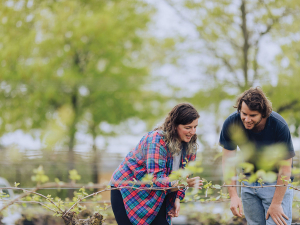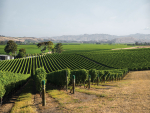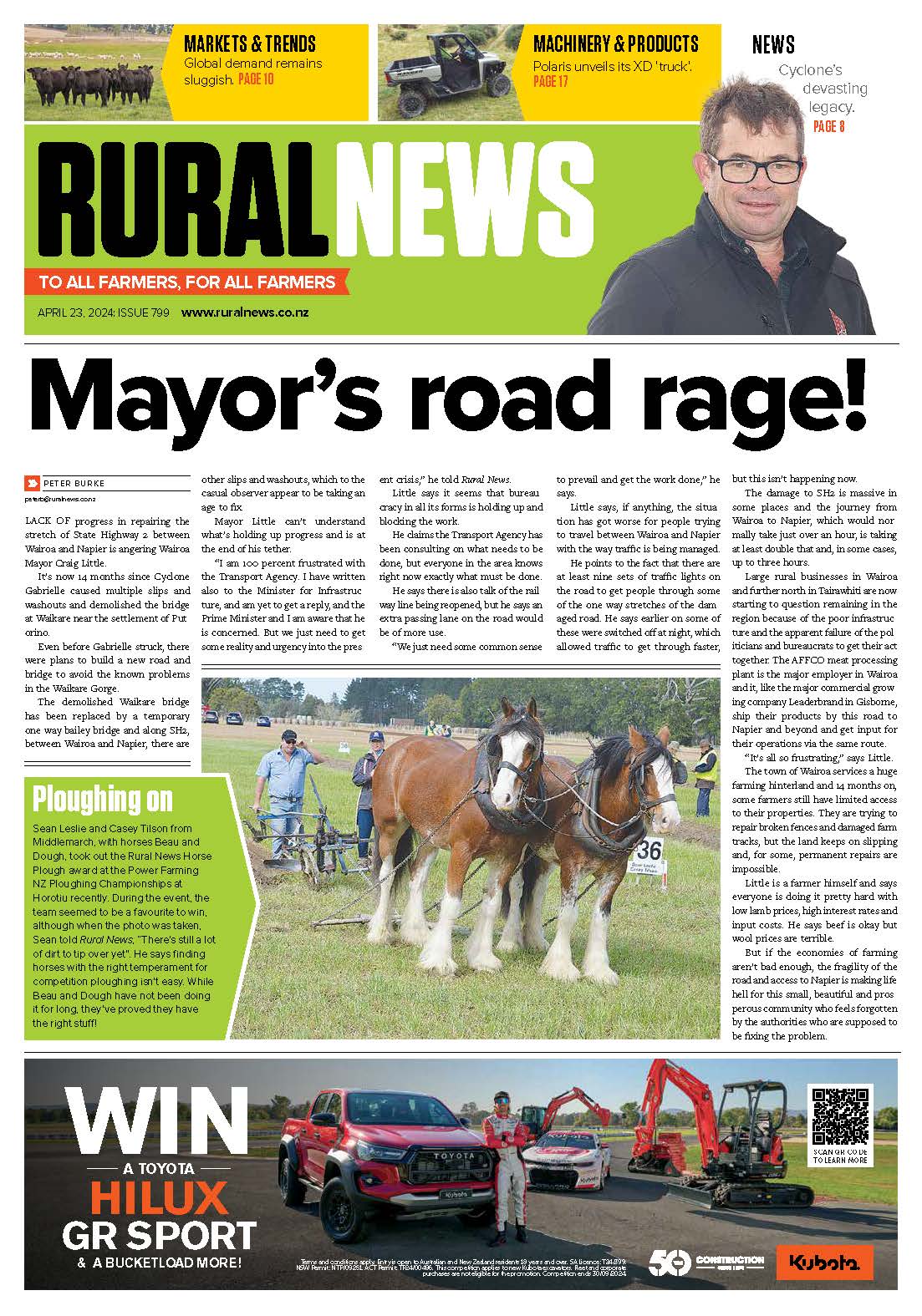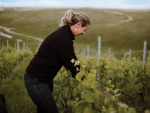Information on the performance of Pinot Noir still relies, by and large, on observations from trials conducted overseas.
That's a sad state of affairs for New Zealand's second-most-planted variety (after the colossus that is Sauvignon Blanc).
At Riversun Nursery, we regularly monitor and record the performance of our roughly 20 Pinot Noir clones, but our vines are trained for scionwood collection and our Gisborne source blocks may not reflect how the vines will behave in regions known to produce exceptional Pinot Noir wines.
So it’s really cause for celebration that results are in from a Central Otago replicated trial designed to measure clonal performance of Pinot Noir. A few years ago, Rachel Petrie, a horticulture/viticulture lecturer at Otago Polytechnic, contacted Riversun about some spare rows in their one-hectare training vineyard that they were looking to replant. Did Riversun have any spare vines or ideas on what to do? After some discussion, it was obvious to both parties that it could only be a Pinot Noir trial. Riversun and Central Otago Polytechnic signed a memorandum of understanding in 2016, and, in spring 2017, 48 vines of 12 different clones of Pinot Noir on rootstock 3309 were supplied.
While the site’s sandy loam soils are reasonably consistent across the block, the vines were planted in a simple replicated plot layout to reduce any soil variability and edge effects.
The existing row spacing of 2.4 metres was retained and the vines were planted 1.33m apart. New dripline was installed inline, with 1.6 litres per hectare at 60cm spacing. Vines were trained to two-cane VSP and 6-8 buds per side were retained at winter pruning in 2021.
The existing row spacing of 2.4 metres was retained and the vines were planted 1.33m apart. New dripline was installed inline, with 1.6 litres per hectare at 60cm spacing. Vines were trained to two-cane VSP and 6-8 buds per side were retained at winter pruning in 2021.
The 2022 harvest in Central Otago was an excellent one, and the crop from the trial vines was even across the clones. So even, in fact, that we decided to harvest all the clones on the same day.
The vines had received some green thinning to ensure nothing was overloaded (we did not collect numbers of green bunches that were removed). Rachel and her students harvested, weighed, and counted all clones on 24 March.
The 777, 667, 115, and 114 planted in this trial are imports from ENTAV in France and may be different to what are commonly called the “Burgundy” or “B” clones imported earlier directly from Raymond Bearnard in the early 1990s (the B113 in this trial was not re-imported). As mentioned, the excellent flowering and harvest has provided a good start to collecting data from the site.
The results generally support what we would expect from the 12 clones. It is great to have some real numbers, and we will continue to collect data and build on this data set each year. Clones generally known as productive, including Abel, 10/5, CL 5, CL 6 and B113, all cropped at 1.6kg per vine or more (greater than 5t/ha). What is interesting about this group is the difference in brix, in particular CL 5 and CL 6, which were up to 2 brix higher than Abel and 10/5. Also of interest is clone B113 at 1.6kg per vine, seemingly driven by the highest berry weight and 10/5 at 1.73kg per vine with the lowest berry weight. As expected, the newer ENTAV clones, 943 and 828 (selected for quality), had lower yields, although the lower yield of MV6 was unexpected.
The site has also been a fantastic teaching tool, helping horticulture students on campus to understand more about clonal variation and the pruning/training of younger vines. We hope they have also taken on board some of the guidance provided in the regular visits from the Riversun team.
There is so much to be gained from such a plot. Pinot Noir is well known to demand much from the grower and the winemaker, and information specific to New Zealand will be welcome for characteristics related to vigour, productivity, disease tolerance, and so on. The data we are gathering is of value to anyone in the industry who faces the challenge of choosing Pinot Noir clones.
n the future, Riversun and Otago Polytechnic hope to invite industry members on site to observe the differences in these clones. We also hope to collaborate with Bragato Research Institute to see some clonal microvins made.
All in all, a great effort from Rachel and the team. Thank you, Otago Polytechnic.
Nick Hoskins has been the viticulturist at Riversun Nursery for more than 20 years, consulting with clients on vineyard planting, clones, rootstocks, vine health, and just about anything else they require in terms of vineyard advice: riversun.co.nz














